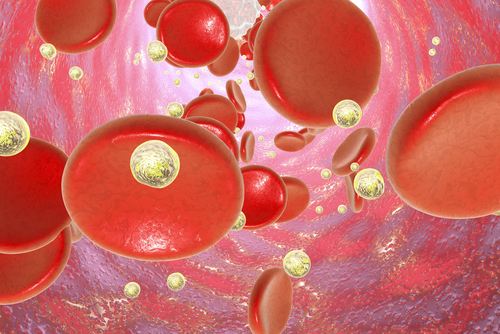Scientists develop new gold nanoparticle technique to make drugs 'smarter' and effective
IANS Apr 24, 2018
Scientists have developed a new technique to bind proteins to nanoparticles that can help make drugs "smarter" and more effective at reaching their target.

The new technique decorates gold nanoparticles with a protein of choice so that they can be used to tailor drug to more accurately target an area on the body, such as a cancer tumour. Gold nanoparticles are spheres made of gold atoms having a diameter of only few billionths of a metre which can be coated with a biological protein and combined with drugs to enable the treatment to travel through the body and reach the affected area.
"Gold nanoparticles are a vital tool in new drug development and drug delivery systems. We have unlocked the key to binding proteins and molecules so that those drugs will be more effective," said Enrico Ferrari, a nanobiotechnologist from Britain's University of Lincoln. Until now, the proteins used to coat the nanoparticles had to be mixed together with particles which do not have the ability to control the way they bind, possibly making the drug less effective.
However, the new method, published in the journal Nature Communications, enables pharmacologists to place the proteins onto the gold nanoparticles layer by layer in a specific order. This maintains the integrity of the protein so that the drug is more effective, opening up possibilities for the development of nanomedicine. "This method might help to design nanomedicines that do not need extensive chemical modification of a protein drug or a nano-carrier and therefore can be developed more easily and faster," Ferrari added.
Researchers took fragments of proteins from bacteria and flatworms, which when fused together were effective at binding to the gold nanoparticle surface and able to form stable bonds to any other protein. By mixing this fusion protein with gold nanoparticles, it permanently binds to the gold surface while also being able to stably bind a target protein. The novel method could also potentially be applied to biosensors and diagnostic kits that use gold, such as those used in clinical settings to identify ongoing infections in patients' blood, the researchers said.
-
Exclusive Write-ups & Webinars by KOLs
-
Daily Quiz by specialty
-
Paid Market Research Surveys
-
Case discussions, News & Journals' summaries